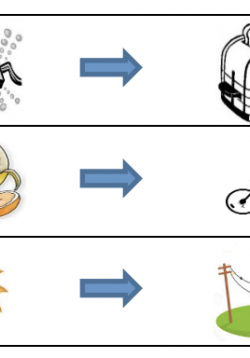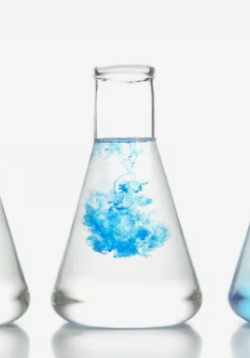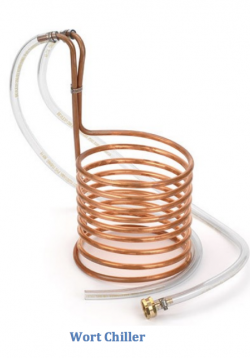What is Energy Transfer?
Students will continue to build an understanding of the fundamentals of energy through observing and describing a variety of energy transformations and build on their foundational vocabulary for identifying and discussing energy concepts. In this stage of...









